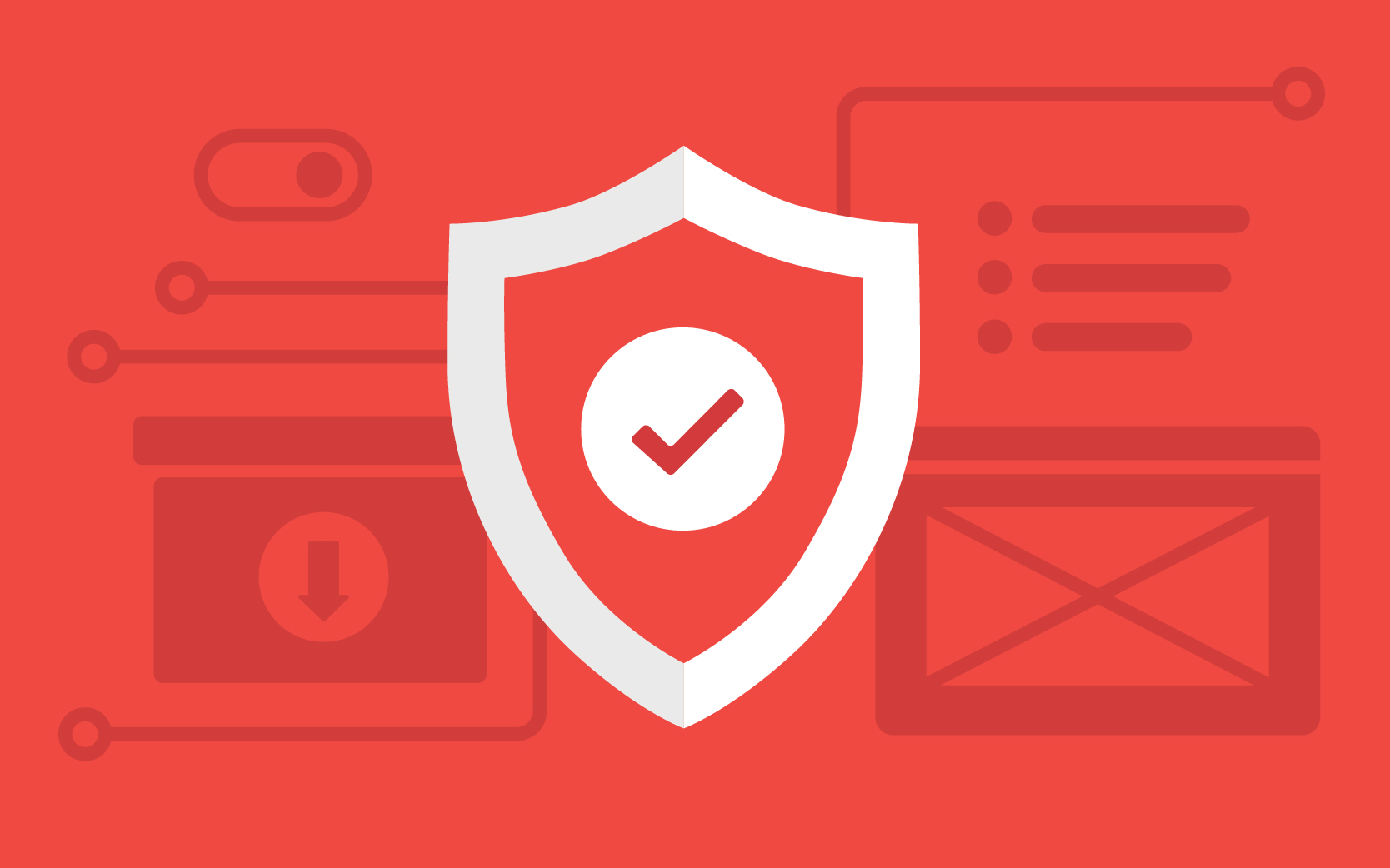What is disaster recovery and why is it important?

Cloud server outages, like the one that happened on December 7 with AWS, are happening more and more frequently. While the causes of these outages is up for debate, their impact is not. Businesses are aware of how much this costs them (and Amazon is, too) however, what can people do to reduce the impact of these outages and recover their lost assets?
One solution is disaster recovery. The idea of disaster recovery has been around since the 1970s, but what does it mean exactly?
What is disaster recovery?
Disaster recovery (DR) is a broad concept that encapsulates your plan of attack to resume essential business functions during or immediately after a disruption. This can include communication plans, data continuity systems, backup check, asset inventory, equipment plans, and more.
Why is disaster recovery important?
Quite simply, DR is important because failures are going to happen. When something goes wrong, what are you going to do – hope for the best or have a plan?
This security practice is aimed at protecting an organization when the inevitable happens and something goes wrong. Disaster recovery is there to support you and your business so you can maintain mission-critical functions after a negative event or disruption. With a DR plan, you’ll be prepared.
Let’s compare it to an every-day disruption: getting a flat tire. When you get a flat tire, which option will allow you to continue your trip with minimal disruptions: no spare tire; a spare tire and replacement kit; or run-flat tires?
- No spare tire: you’ll have to call someone to help you repair or replace the tire. You cannot continue your trip until you receive assistance.
- A spare tire with a replacement kit: You have the resources you need to repair the issue, however, you’ll need to stop and fix the problem before you can continue on your trip.
- Run-flat tires: You may need to proceed with caution and drive slowly, but you will not have to stop or make any immediate repairs, so you can continue on your journey. Eventually, you will need to address the issue, but you can function at a more or less normal rate.
How can you implement disaster recovery at your organization?
Whatever of the three options you’d like to have some variation of at your company, the choice is yours. The best part of your disaster recovery plan is that it’s unique to you and your organization. Your team gets to orchestrate how to mobilize and what is a priority during a negative event.
To create your disaster recovery plan, start by asking these questions:
- What takes precedent?
- How can my business still function on a basic level during a negative event?
- How can I minimize loss?
- Where are my backup solutions located and how accessible are they?
- What legal implications are at stake?
- What data needs to be protected or inventoried first?
- How often will you test your plan to ensure its effectiveness?
If you’d like a deeper understanding of disaster recovery and how it fits into your business’s security framework, let’s connect. Our team of experts would be happy to help you see all available options for disaster recovery.




